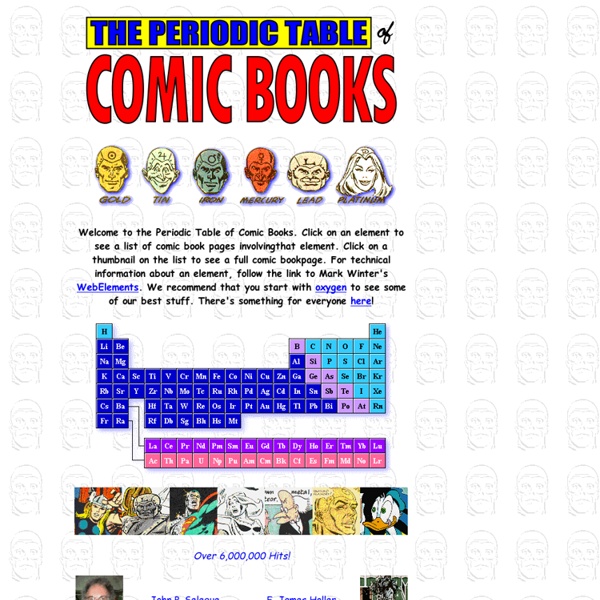



Discover the world's most endangered species Wildscreen's Arkive project was launched in 2003 and grew to become the world's biggest encyclopaedia of life on Earth. With the help of over 7,000 of the world’s best wildlife filmmakers and photographers, conservationists and scientists, Arkive.org featured multi-media fact-files for more than 16,000 endangered species. Freely accessible to everyone, over half a million people every month, from over 200 countries, used Arkive to learn and discover the wonders of the natural world. Since 2013 Wildscreen was unable to raise sufficient funds from trusts, foundations, corporates and individual donors to support the year-round costs of keeping Arkive online. Therefore, the charity had been using its reserves to keep the project online and was unable to fund any dedicated staff to maintain Arkive, let alone future-proof it, for over half a decade. Therefore, a very hard decision was made to take the www.arkive.org website offline in February 2019.
Origin of the Chemical Elements During the process of stellar evolution nuclear fusion reactions take place within a star. These give rise to the formation of the chemical elements. Clues to the processes involved may be deduced from the graph below, which shows the cosmic abundances of elements (y-axis) plotted against atomic number (x-axis). The abundances are measured relative to 1 million silicon atoms and the y-axis is a logarithmic scale. There are three important observations to be made from this graph: The graph has (overall) a smooth trend from left to right, that is from light to heavy elements. It is thought that the early Universe consisted almost entirely of the element hydrogen, with a small amount of helium present too. Early in star development hydrogen is utilised to manufacture the element helium. Elements heavier than iron are formed by the addition of neutrons which are absorbed by the atomic nucleus. You may wish to follow up this section with visits to the following sites:
15 Awesome Chemistry Experiments You don’t need to watch Breaking Bad to know that chemistry is pretty awesome. Below we explore our favorite 15 chemistry GIFs. Melting Metal With Magnets The Science: The copper wire has a significant amount of AC electricity running through it, causing it to act like a really strong electromagnet. In the metal slug, eddy currents form due to the magnetic field the copper wire is causing while the copper wire has high frequency AC flowing through it. Orange LED Light In Liquid Nitrogen The Science: When an LED is immersed in liquid nitrogen, the electrons lose a lot of thermal energy, even when the light isn’t turned on. Heating Mercury Thiocyanate The Science: It is an inorganic chemical compound, the salt of Hg2+ and the thiocyanate anion. Hydrogen Peroxide Catalyzed by Potassium Iodide The Science: It is a foamy substance caused by the rapid decomposition of hydrogen peroxide. Liquid Nitrogen Mixed With 1500 Ping Pong Balls Burning Magnesium In Dry Ice Hydrophobic Sand Placed Underwater
Games@NOAA Sustainability & Endangered Elements | Chemistry Description of Contents I. "Rare Earths: Resource Sustainability". Abstract of an article to be published in The Rare Earth Elements: Fundmentals and Applications (October 2012). II. To obtain a copy of the Endangered Elements Periodic Table (shown below) and to get more information on this subject see: III. A. B. C. IV. I. Chapter in The Rare Earth Elements: Fundamentals and Applications, October 2012 David A. Abstract Rare earth elements have unique electronic, optical, luminescent, and magnetic properties that make them critically important in a broad range of products and applications. Keywords: Sustainability, Strategic Elements, Endangered Elements Article Contents: II. Edheads - Activate Your Mind! Wildlife & Nature Videos | Clips | Photos | Programmes - itvWILD
Games that Teach NASA eClips™ NASA eClips™ are short, relevant educational video segments. These videos inspire and engage students, helping them see real world connections. Full Site Located: Grades K‑5 The Our World program supplements existing elementary learning objectives not only in science, technology, engineering and mathematics, but also in reading, writing, and visual and performing arts. Grades 6‑8 Real World video segments connect classroom mathematics to 21st century careers and innovations and are designed for students to develop an appreciation for mathematics through real-world problem-solving. Grades 9‑12 Launchpad video segments support project-based and problem-based learning experiences in science, mathematics, and career and technical education classrooms. General Public The NASA 360 thirty-minute magazine style program highlights NASA's impact on daily lives, showcasing some of the 30,000 inventions developed by NASA over the past 50 years.
'Religion'